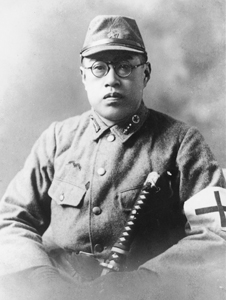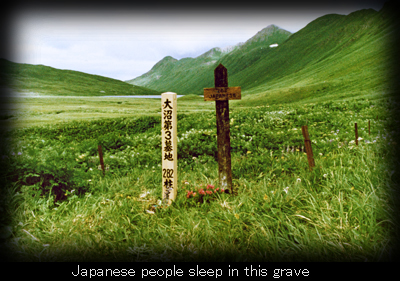
T. Ohmura was born in Ikuta, Kobe in 1901 (Meiji 34).
The first Kobe junior high school.
The third high school(Kyoto), a Rugby player.
Tokyo Imperial University medical department (Graduate in 1925=Taisho 14).
A ship's doctor of the Nippon Yusen foreign route.
Japanese Red Cross Society doctor.
The Tokyo Imperial University era, four new records of Japanese land short distance.
The 3rd place of the Far East Olympic Games land short distance.



